Dr. Jashi Calls UN Member States to Urgently Synergize Sepsis and AMR Policies
“The face behind every AMR-related death is a face of a child, a woman or man, suffering and dying from sepsis”
Upon the invitation of Mr. Dennis Francis, President of the United Nations General Assembly, Dr. Mariam Jashi addressed the multi-stakeholder hearing in New York in preparation for the UN General Assembly High-Level Meeting on Antimicrobial Resistance (AMR). Dr. Jashi was invited as a panelist on adequate, predictable, and sustainable financing for AMR.
The CEO of the Global Sepsis Alliance congratulated the global health leaders for positioning antimicrobial resistance on the high-level political agenda, ensuring that over 170 counties have developed national action plans and that AMR has been prioritized in One Health Quadripartite agreement for the health of people, animals, and ecosystems.
At the same time, Dr. Jashi called the UN Member States and multiple stakeholders to ensure that in every political dialogue and decision-making process, AMR is discussed as part of broader global health challenges that require holistic solutions.
On the necessity to urgently synergize sepsis and AMR policies and action, Dr. Jashi noted the following:
A brief video on the sepsis statement
“The Global Sepsis Alliance is delighted that national and global health authorities and increasingly the agriculture and environmental sectors recognize that almost 5 million deaths are associated or attributed to antimicrobial resistance. However, these 4.95 million AMR-related deaths are only part of the 13.7 million sepsis-related deaths every year. The face behind every AMR-related death is the face of a child, a woman, or a man, suffering and dying from sepsis. Therefore, we need to urgently prioritize synergies between the AMR and sepsis agenda at global, regional, and national levels, and ensure that the political declaration of the High-Level Meeting on AMR adequately positions sepsis”
Furthermore, Dr. Jashi stressed that AMR should be part of a more comprehensive agenda for health-related SDGs, Universal Health Coverage, and the Pandemic Accord. “We can find better solutions for AMR only through extending UHC to at least 1 billion more people globally and building more resilient health systems” noted the GSA CEO.
Mariam Jashi concluded that a truly holistic and integrated approach to AMR, including through the One Health Quadripartite agreement, calls for maximum synergies and minimal fragmentation. Therefore, the High-Level Political Declaration for AMR should reflect the critical linkages of AMR with Universal Health Coverage, the Pandemic Accord, and the need for reinvigorated action for sepsis at global, regional, and national levels. Said political declaration should also call for adequate and sustainable funding from national governments, the stronger role of Parliamentarians in policy and budget decisions, and additional resources from official development assistance, public-private partnerships, and innovative financing solutions.
Regarding financial sustainability, Dr. Jashi discussed 5 major platforms for leveraging domestic resources for a multi-sectoral response to AMR.
First, in line with the Quadripartite agreement, national governments should establish multi-sectoral coordination mechanisms with the engagement of health, environment, agriculture, and finance ministries. Joint inter-ministerial work on costing national action plans for AMR will be key for reaching a consensus on the national investment cases and securing sufficient and sustainable domestic funding.
Second, Parliamentarians should be more actively engaged in the global health architecture, including AMR. Parliamentarians are direct representatives of local constituencies, they are the ultimate decision-makers to approve national laws and budgets and can hold governments accountable for execution and results. Therefore, legislative platforms, including parliamentary hearings and budget approval processes should be utilized to secure adequate accountability and funding.
Third, even if donor governments and international finance institutions contribute to the overall pool of multilateral funding and international development aid, performance-linked loans and grants can catalyze additional domestic investments for AMR. For example, the World Bank can prioritize AMR and sepsis-related key performance indicators in their budget support loans as the conditionalities for initial or subsequent tranches.
The Global PPPs, such as GAVI or the Global Fund, can not only integrate AMR and sepsis responses under the HSS portfolios but eventually catalyze additional domestic funding from national governments through phasing out and full transition from donor support.
Finally, innovative financing mechanisms, such as global or national solidarity taxes or voluntary solidarity platforms can leverage additional funding solutions. For example, the Oxygen initiative of UNITAID directly responds to the clinical management needs of AMR and sepsis both for routine UHC programs and the Pandemic Response.
The complete video recording of the meeting, including the interventions of Dr. Jashi, can be accessed at minute 35:21.

